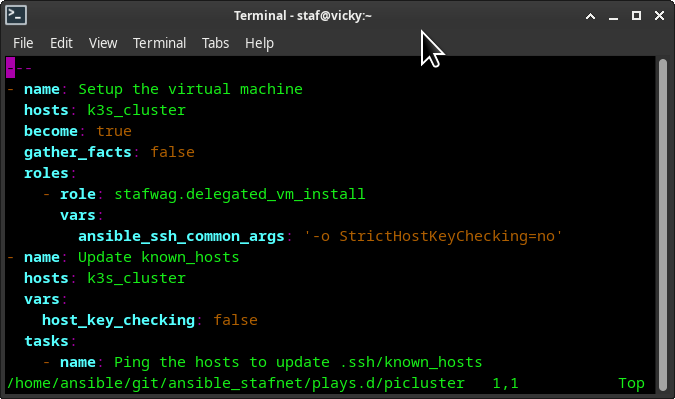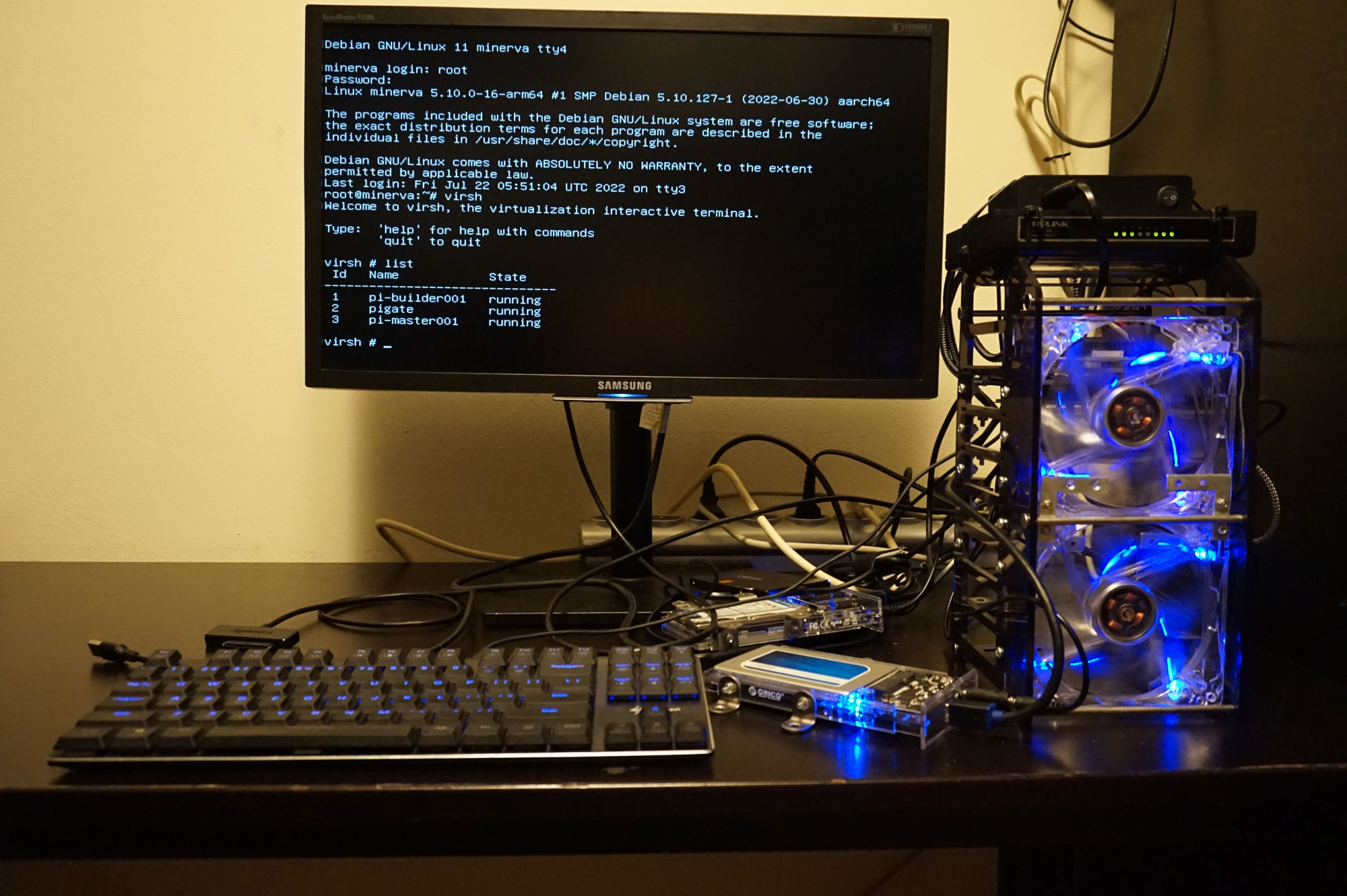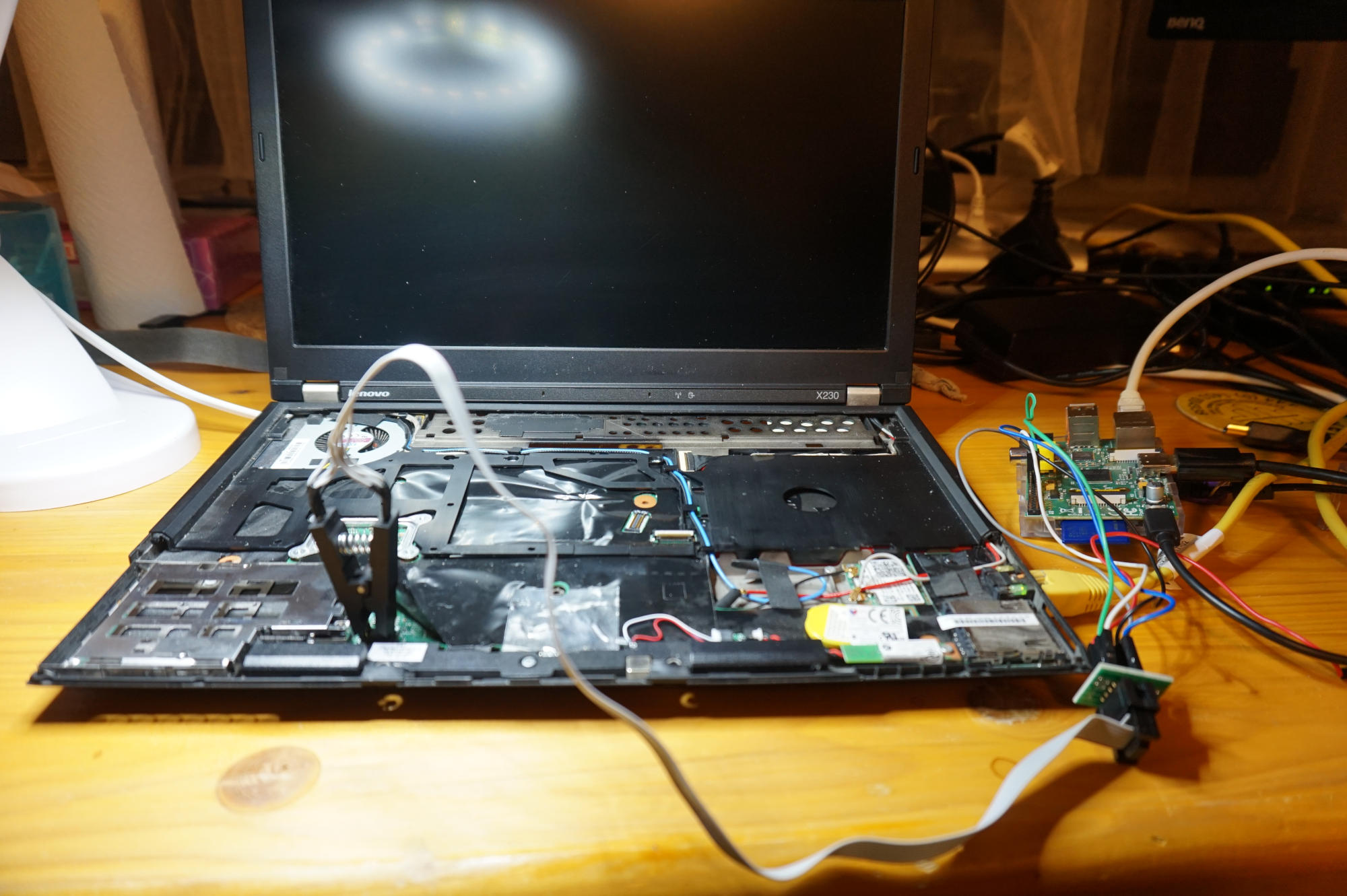Ansible role: delegated_vm_install 1.0.0 released
I use KVM and cloud-init to provision virtual machines on my home network and wrote a few articles about it.
- Howto use centos cloud images with cloud-init on KVM/libvirtd
- Howto use cloud images on the Raspberry PI 4
on my blog on how to use cloud images with cloud-init on a “non-cloud” environment.
I created an Ansible role: ansible-role-virt_install_vm for it.
This role works great, but I wanted to have the possibility to provision the virtual machine in a delegated way.
For this reason I create the ansible role delegated_vm_install.
Delegated_vm_install 1.0.0 is available at: https://github.com/stafwag/ansible-role-delegated_vm_install
Have fun!
Read more...






